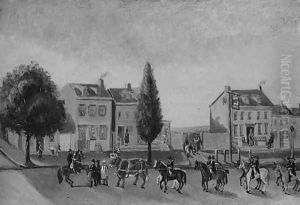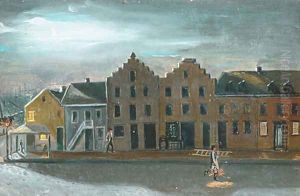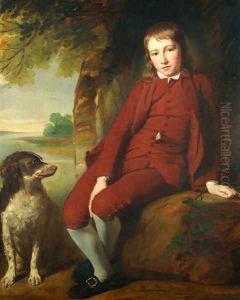William P. Chappel Paintings
William P. Chappel was an American artist known for his detailed and evocative paintings of New York City in the 19th century. Born in 1801, Chappel's life and work provide a window into the urban landscape and social milieu of his time. Despite the lack of comprehensive biographical details, his art offers significant insights into the everyday life and architectural developments of New York during a period of rapid change and growth. Chappel's interest in the city's streets, buildings, and inhabitants is evident in his meticulous attention to detail and his commitment to realism. His paintings are celebrated for their historical value, capturing the essence of New York City before the advent of photography could perform a similar function.
Throughout his career, Chappel remained relatively obscure, often overshadowed by his contemporaries in the American art scene. However, his contributions have gained recognition over time for their documentary importance and artistic merit. His works are preserved in several museums and collections, where they continue to fascinate art historians and enthusiasts alike. In particular, his scenes of old New York have become invaluable for historians studying the urban and social development of the city.
Chappel passed away in 1878, but his legacy endures through his paintings. They not only offer a glimpse into a bygone era but also demonstrate the power of art to capture and communicate the nuances of everyday life. His dedication to depicting the reality of his surroundings has left an indelible mark on the history of American art, ensuring that his contributions are remembered and appreciated long after his death.












